Choosing Diamond Rings: The Four C’s Plus 3
Your engagement ring is, in many ways, the ultimate centerpiece of your wedding. And what better attention-getting centerpiece is there than a big, beautiful diamond? You might not be surprised to learn that “bigger” isn’t necessarily better. But did you know that a smaller diamond—even a modest one-quarter carat—can cost more than a blazing 3-carat beauty? That’s because not all diamonds are created equal. Your fiancé may well be able to afford a large solitaire with all the fire and brilliance you want, or a smaller stone more valuable than you’d think, without either one draining his bank account. The perfect diamond for you may come as a surprise once you learn some of the facts so let’s get to it!
You may already be familiar with the basic 4 C’s—Cut, Color, Clarity, and Carat Weight. Each element affects the overall quality of a diamond. But, when it comes to price, it’s worth noting that the diamond’s Cut impacts the price by at least 25% but no more than 50%, while the rest of the considerations trail far behind. Carat weight constitutes 10% to 20% while Color and Clarity each contribute only 10% to 15% of a diamond’s total worth.
However, there are 3 more C’s when it comes to diamonds that you may or may not have thought of but for now, let’s start with the typical 4.
1. Cut

The cut of a diamond affects its price because of one word: brilliance. A brilliantly cut diamond will show off its best assets, and even a smaller diamonds can literally outshine a larger diamond that’s less perfectly cut.
The shape of the cut is personal preference, so if you’re enamored of an unusually cut stone, the seller may conveniently forget to mention its rating. If there needs to be a tradeoff within the four C’s, let Color and Clarity suffer and go for a quality Cut.
Then pour the bulk of your budget into the highest grade Cut you can afford.
2. Color

As a diamond is formed, so is its natural color. The grading system was devised to measure diamond color. A truly colorless diamond carries a D-color rating and interestingly, the rating goes all the way down to Z!
Interesting, too, is that while you might think an A, B, or C color rating is preferable, D-rated diamonds are the most prized! Yellow diamonds can vary but will definitely be more noticeable to the eye the larger they are.
Another factor that affects diamond color is the color of the setting. A clear or colorless diamond can be set in almost any color of your choice. But when it comes to yellow diamonds, they’re generally better enhanced by yellow gold settings than white gold, and their standout effect may actually be diminished by the prized—and pricey—platinum.
3. Clarity
Now, while diamonds are not perfect, some come very close. Most have embedded minerals and/or minor imperfections where the diamonds were cut. These “flaws” are known as inclusions and are very common. What matters most is that your stone be “eye-clean.” This means the inclusions are not apparent to the naked eye.
Just for fun, here’s a list of some of the terms you’ll hear regarding inclusions:
- Clouds
- Feathers
- Included crystals or minerals
- Knots
- Cavities
- Cleavage
- Bearding
- Internal graining
- Pinpoint
- Laser lines
A diamond with a VVS1 or VVS2 (very, very slightly included) or VS1 or VS2 (very slightly included) rating costs less. But with the right choice, many diamond rings with a multitude of “flaws” can rival the beauty of higher quality stones!
4. Carat Weight
Carat weight is your last consideration and is often simply a matter of personal taste. As a general rule, larger diamonds are rarer. Therefore the price inflates significantly.
One pro tip offered by Forbes is to “buy shy.” This means that, instead of purchasing a full 2-carat diamond, get a 1.8 carat instead. Why? Visually they appear the same, but cost considerations can be seriously affected in your favor by going down a decimal point or two in carat weight.
Another visual trick is to set your smaller carat diamond in a setting surrounded by multiple smaller diamonds. One of today’s most popular settings is called the Halo. This setting is used very often to set off a colored center stone. Princess Kate’s engagement ring, originally owned by Princess Diana, is a perfect example.
Using the same setting but surrounding a clear solitaire with a ring of smaller clear stones—very often of lesser quality—will visually increase the size of the solitaire without increasing the cost of the entire ring. Many also prefer a white setting, at least for the solitaire and halo, so that the prongs blend in with the diamonds to enhance the illusion.
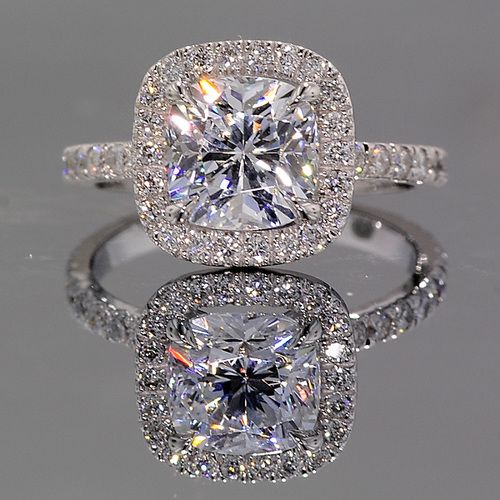
5. The Humanitarian C: Certification
A very real humanitarian consideration with diamonds is certification. Most diamonds come with papers certifying that they’re not “blood diamonds” from war-torn places like Sierra Leone. In the U.S., the two most credible third parties are the American Gem Society Laboratories and the Gemological Institute of America. Also reputable is the European Gemological Laboratories.
6. The Practical C: Pay Cash
When it comes to paying your diamond, cash is always preferred, and not necessarily just because it won’t leave you with monthly payments. Many sellers provide discounts to cash purchases. Some places will give discounts as big as 2% which doesn’t sound like much—unless you’re talking 2% off a ring that usually runs $7,000-10,000. Then you’re looking at savings between $140 and $200 and that alone can cover the cost of a very simple setting—or your fiancé’s wedding band!
Buying with credit cards might be convenient but just be sure to carefully study the interest rates of your different providers, especially if the jewelry store offers a corporate store credit card.
7. The Common Sense C: Compare
Take your time. Shop as many jewelers as you can. Ask all of the above questions, starting the with 4 C’s, then ask the decidedly less glamorous question: “What’s your return policy?”
That’s not very much fun, and the seller may try to hedge, but make sure you get an answer—in writing. (Better safe than sorry, right?)
But armed with all this information about purchasing the right diamond, getting the best deal on the ring you’ll love for a lifetime will be much easier!
For more help to avoid falling into The Diamond Trap, check out our Myth Buster blog: http://www.davincibridal.com/blog/top-5-engagement-ring-blunders-how-to-avoid-them/

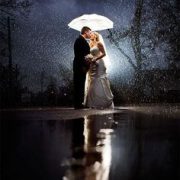

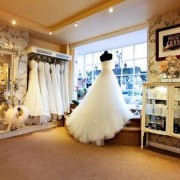
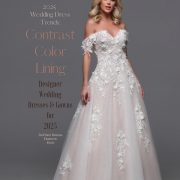
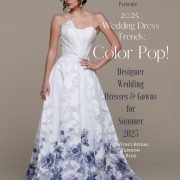
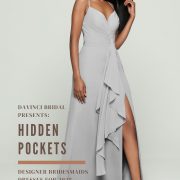


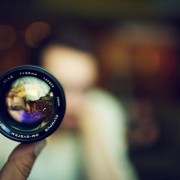
Recent Comments